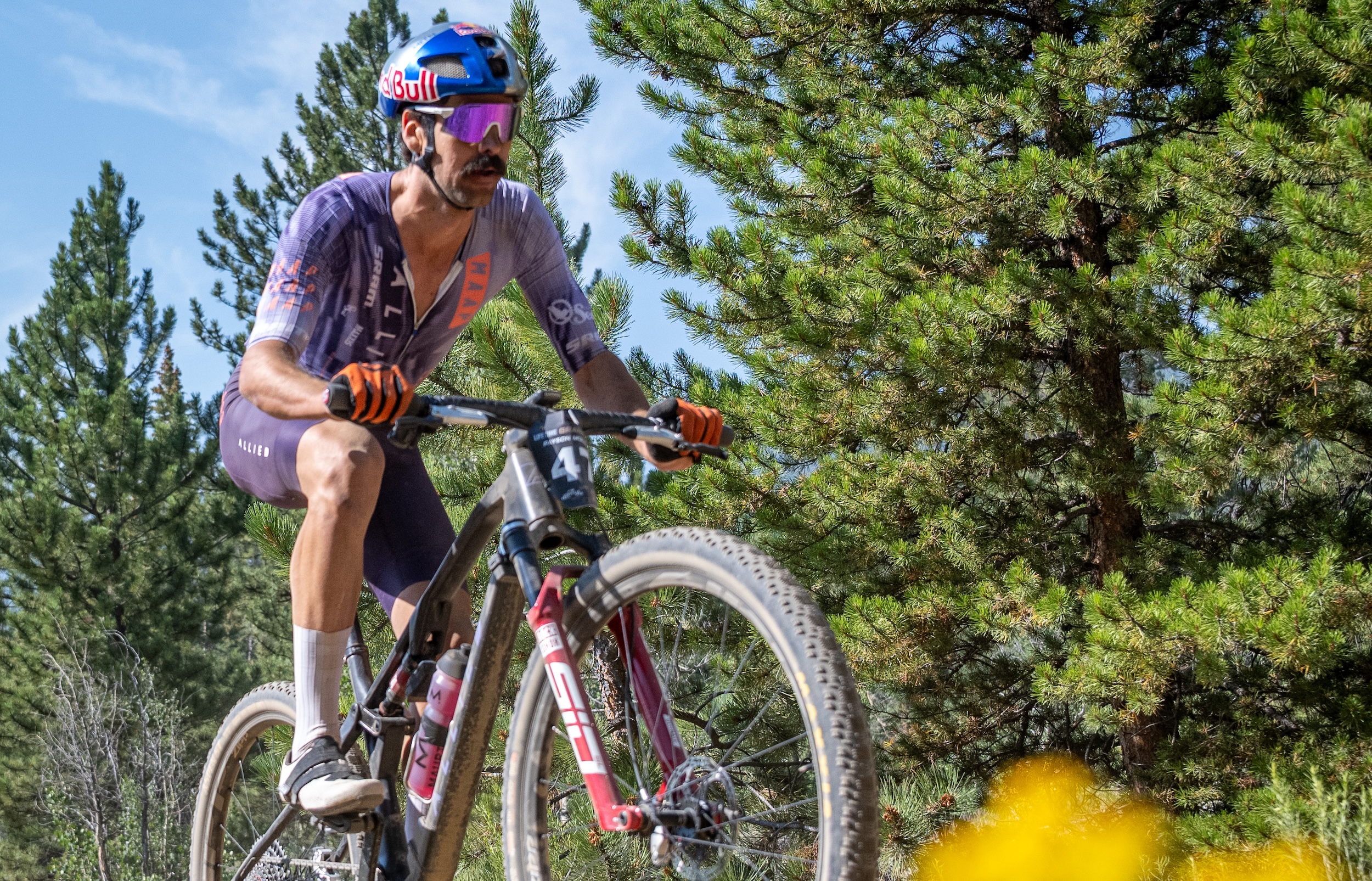Mont-Sainte-Anne courses improved for world championships
Mountain bike technology influences changes
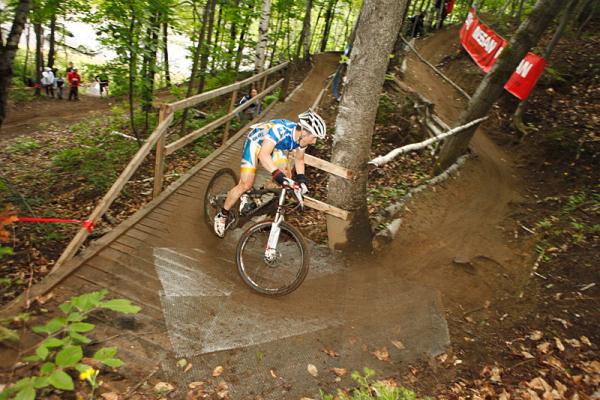
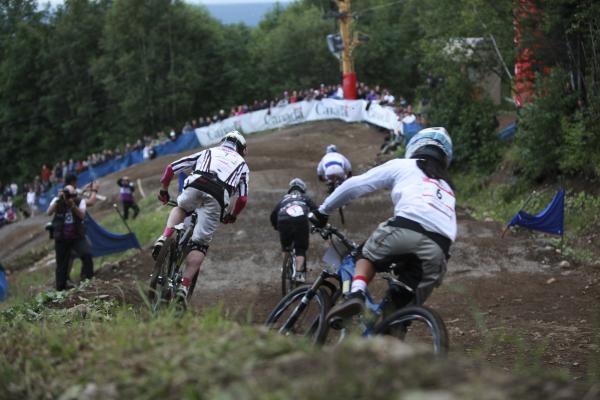
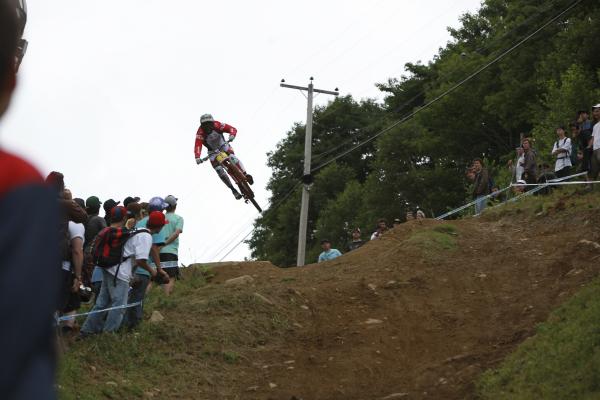
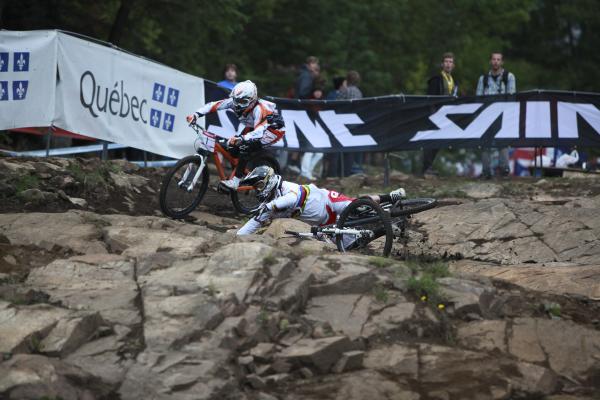
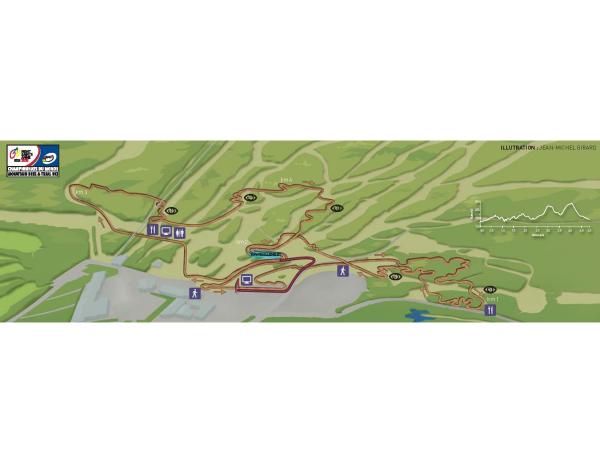
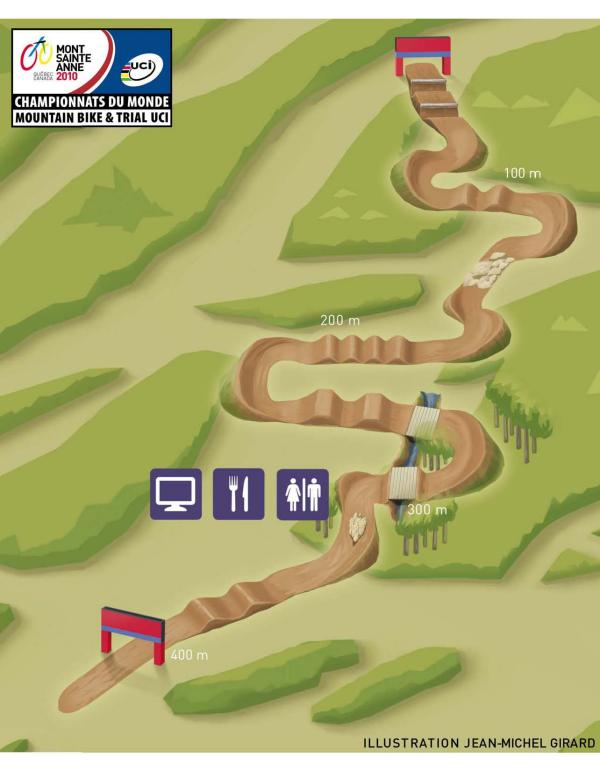
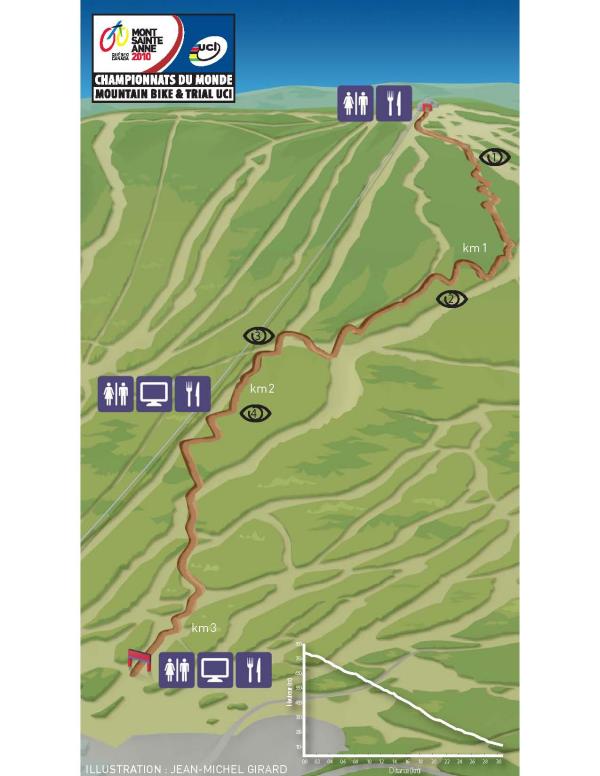
Mont-Sainte-Anne in Quebec, Canada, hosted its first mountain bike race in 1983. It has hosted a World Cup or World Championship every year since 1991 and in early September it will host the Worlds for the second time. Organisers have spent years preparing the best possible cross country, downhill and four cross courses on site for one week of racing.
"One of the major impacts on the development of the sport of mountain biking and its courses has been the reliability of technology," according to Patrice Drouin, president of Gestev, which is organising the Worlds.
"At the first Mountain Bike World Championships in Durango Colorado, in 1990, front suspensions were just invented for mountain bike racing. Riders were pretty much using the same bikes for downhill and cross country. Even if the courses then were pretty mellow, we saw broken forks, bent wheels, broken handlebars, missing chains and derailleurs."
Fast forward 20-plus years, and bikes and components are extremely reliable. That translates into different courses, different bikes and completely different technology for 2010.
Drouin credits the World Cup courses around the world as being vital to the development of mountain bike technology over the years. "Course designers had to push the limits, their own limits, the limits of the riders and the limits of the technology, without killing anyone, in a safe environment. Not an easy task," said Drouin.
One of the salient characteristics of racing at Mont-Sainte-Anne is that its courses have always featured technical challenges for both cross country and gravity racers. "The challenge always been to push the limit where technology and skills could meet, at a step higher, safely. The World Cup circuit has always played an important role in the evolution of mountain bike technology.
Mont-Sainte-Anne organisers executed "major investments" in the course for the 2009 World Cup, a year in advance of hosting the 2010 Worlds.
The latest race content, interviews, features, reviews and expert buying guides, direct to your inbox!
"We wanted to make sure the ground would be steady and with a better surface," Marie-Claire D'Aoust tells Cyclingnews. "We were just fine-tuning for 2010, so there are only a few differences from 2009."
Cross country
Racers will complete 4.6km laps on a course that is approximately one kilometre shorter than in 2009. "This will ensure a more dynamic race with easier access for the public and TV broadcasters," said D'Aoust.
A technical section was added in the exhibition area at the base of the mountain. There are also more spectator-friendly places throughout the course.
The cross country course is the one that will be used for the team relay, which opens the championships.
Racers all over the circuit offer praise for the courses at Mont-Sainte-Anne. Canadian favourite Geoff Kabush (Maxxis / Rocky Mountain) shared his thoughts with Cyclingnews.
"The organisers have been organising for so long. They've been tweaking the event every year an they do an exceptional job," said Kabush. "The course is great for specatators. They can see the riders four or five times a lap. It's a unique course in North America.
"The culture in and around Quebec City is focused on racing and it brings out a lot of enthusiasitc fans. When you see Marie Helene (Premont) doing well, it draws in the crowd. It roars as she moves around the course."
Downhill
Downhillers will drop from 800 metres to 150m over 3.1km. New for 2010, the start ramp has been modified and a technical section has been added just after the start.
Organisers have also put in bigger jumps closer to the finish area.
Four cross
The four cross course has been refined, with new areas built to accommodate spectators. Racers will compete on a 450m course, with 150m of vertical drop.
Trials
Mont-Saint-Anne is also hosting the world championships for trials. An old trials venue, built in 1985, will be restored and used for the Worlds. After the event is over, the trials site will become a permanent venue for competition and training.
Sue George is an editor at Cyclingnews. She coordinates all of the site's mountain bike race coverage and assists with the road, 'cross and track coverage.
